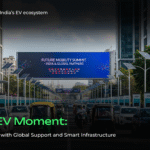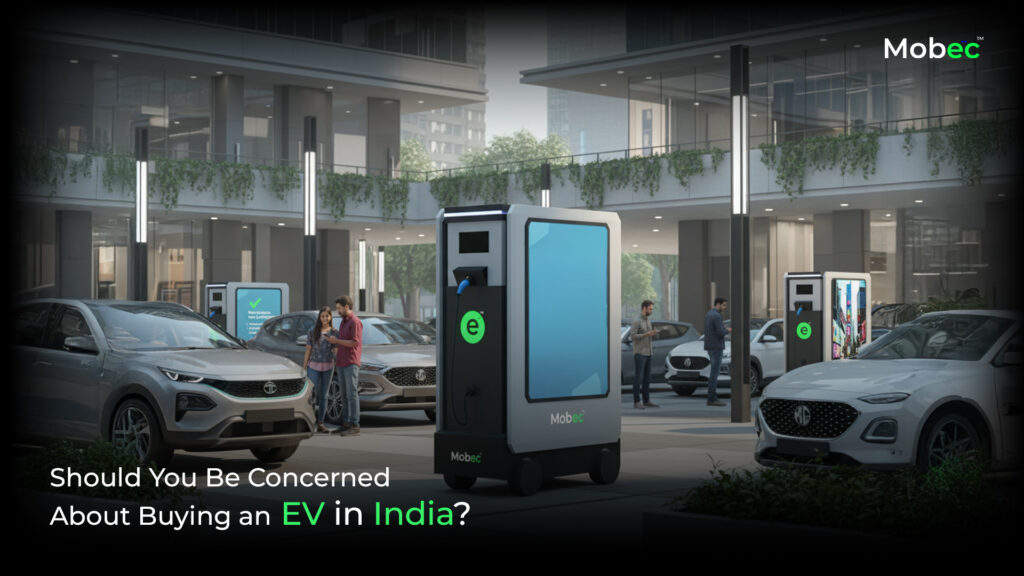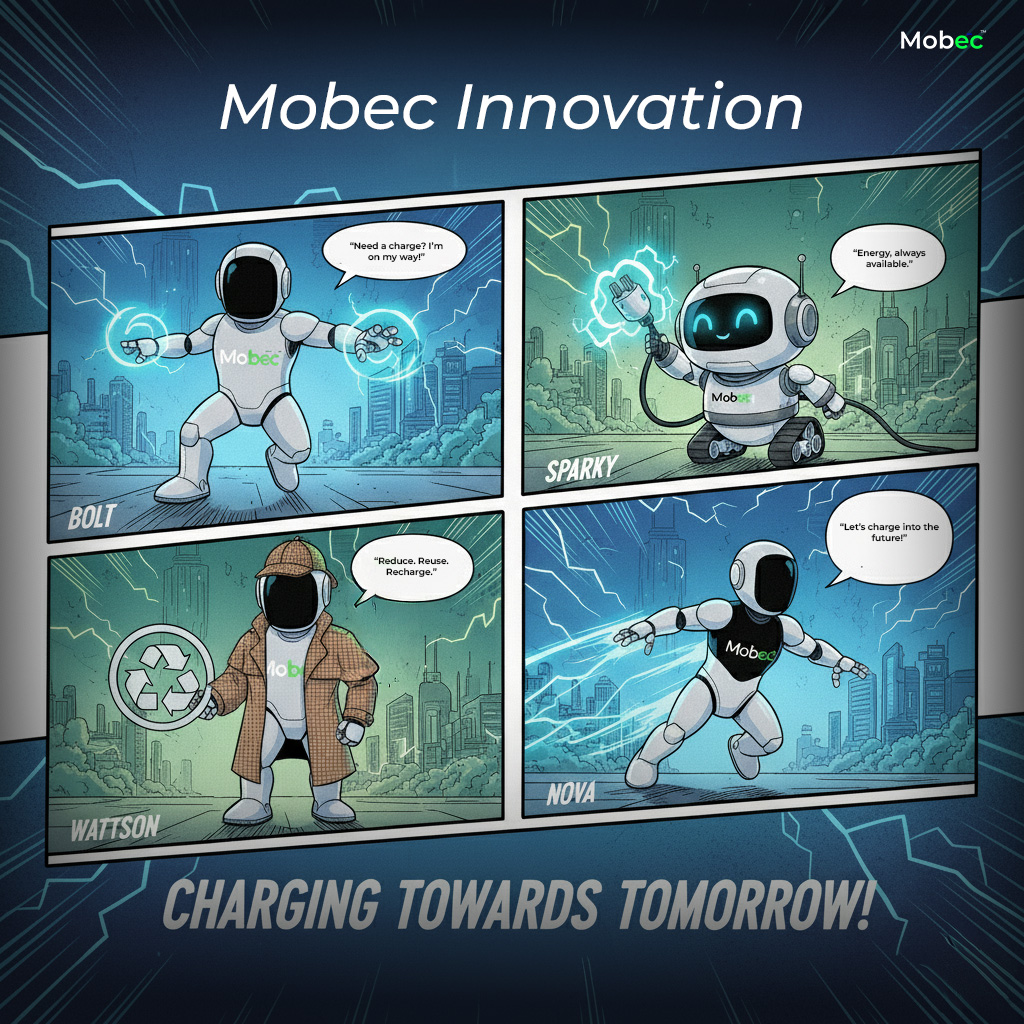Artificial Intelligence (AI) is when machines learn to think and make decisions like humans. From Netflix recommendations to self-driving cars, AI is everywhere. But there’s a powerful new form of AI making headlines – Generative AI (Gen AI). It’s a type of AI that can actually create things—like text, images, music, or even chemical compounds—based on patterns it’s learned.
Now, both AI and Gen AI are doing something truly groundbreaking: transforming the future of energy. And at the center of that transformation is the lithium-ion battery.
As the global demand for electric vehicles (EVs), portable electronics, and renewable energy storage grows, so does the need for smarter, more efficient batteries. According to MarketsandMarkets, the lithium-ion battery market is projected to grow from $194.7 billion in 2025 to $426.4 billion by 2033, at a CAGR of 10.3%. AI is expected to play a central role in fueling this growth.
Let’s explore how AI and Gen AI are transforming the entire battery ecosystem- from research to recycling – and how Mobec is harnessing this technology for a cleaner, smarter future.

Traditionally, developing new battery materials was slow and costly, relying on years of lab experiments. AI is turning this process upside down.
With machine learning algorithms, scientists can now simulate millions of material combinations in days instead of years. AI predicts how different chemicals will perform, helping researchers identify high-performing, low-cost, and safer battery materials without physically creating them. Gen AI adds another layer by generating synthetic data and suggesting novel chemical structures.
These advancements are helping the industry develop next-gen batteries like solid-state and silicon-anode batteries—offering higher energy density, faster charging, and longer lifespans.
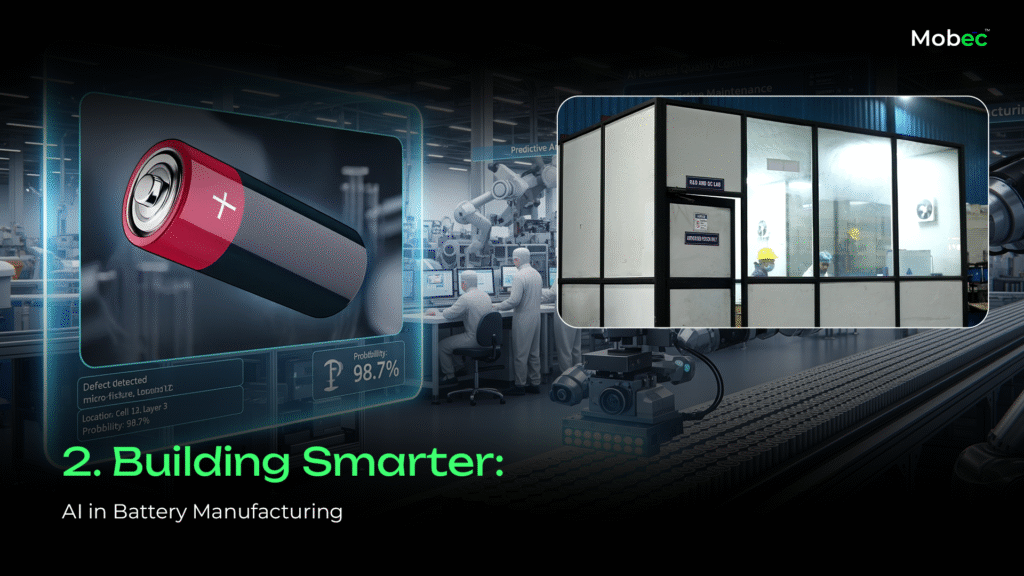
Creating a battery isn’t just about chemistry—it’s also about precision. Manufacturing processes must be optimized to reduce waste and improve quality. This is where AI makes a powerful impact.
In battery factories, AI-powered systems are now used to:
- Detect microscopic defects with computer vision
- Predict machine maintenance needs before breakdowns occur
This results in higher efficiency, fewer errors, and lower costs—critical for scaling up production to meet the world’s energy needs.
Mobec is leveraging these smart manufacturing practices to build more reliable battery energy storage systems (BESS) for homes, EVs, and urban infrastructure.
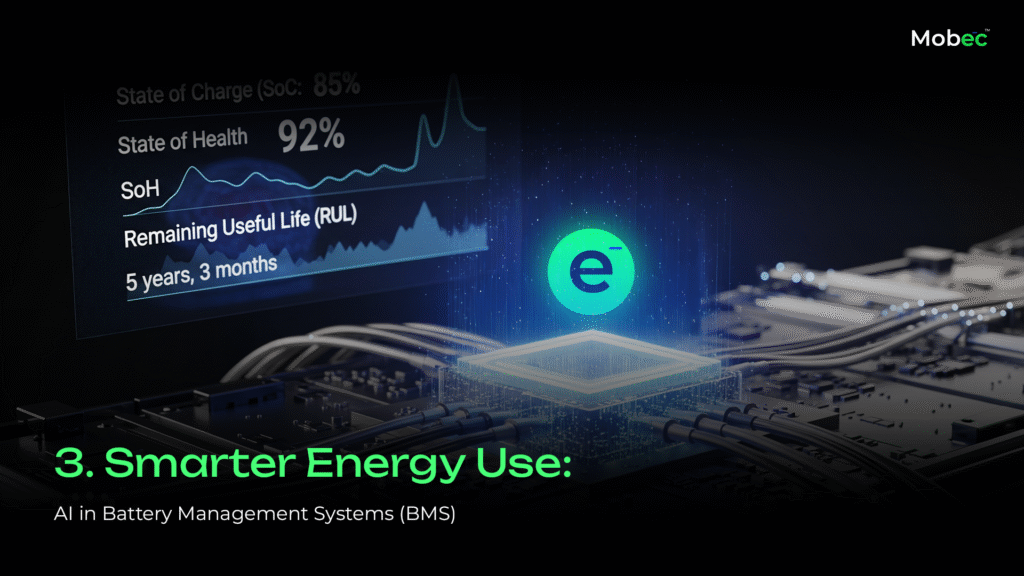
Once batteries are in use, managing their performance becomes vital. That’s where AI-based Battery Management Systems (BMS) come in.
Traditional BMS estimate things like battery charge and health. But AI-powered BMS offer real-time, accurate insights into:
- State of Charge (SoC): Tells you how much battery power is left, like a fuel gauge for batteries.
- State of Health (SoH): Measures how well the battery is performing compared to when it was new.
- Remaining Useful Life (RUL): Estimates how much longer the battery will last before needing replacement.
Gen AI can also tailor charging strategies based on usage patterns, extend battery life, and prevent overheating or damage. For EVs, this means better mileage and safer operation. For energy storage systems like Mobec Homez, it means smarter energy distribution and savings on electricity bills.
As the demand for electric mobility rises, these intelligent BMS will be essential to unlock performance, reduce downtime, and build trust with consumers.

What happens when a battery reaches the end of its life? AI has a role to play there too. With millions of batteries being retired from EVs and devices, recycling and reuse are crucial for sustainability and supply chain stability.
AI is helping by:
- Identifying reusable cells with smart diagnostics
- Optimizing the recovery of valuable materials like lithium, cobalt, and nickel
- AI also helps determine which batteries can be repurposed for “second-life” applications – like backup power for homes or data centers.
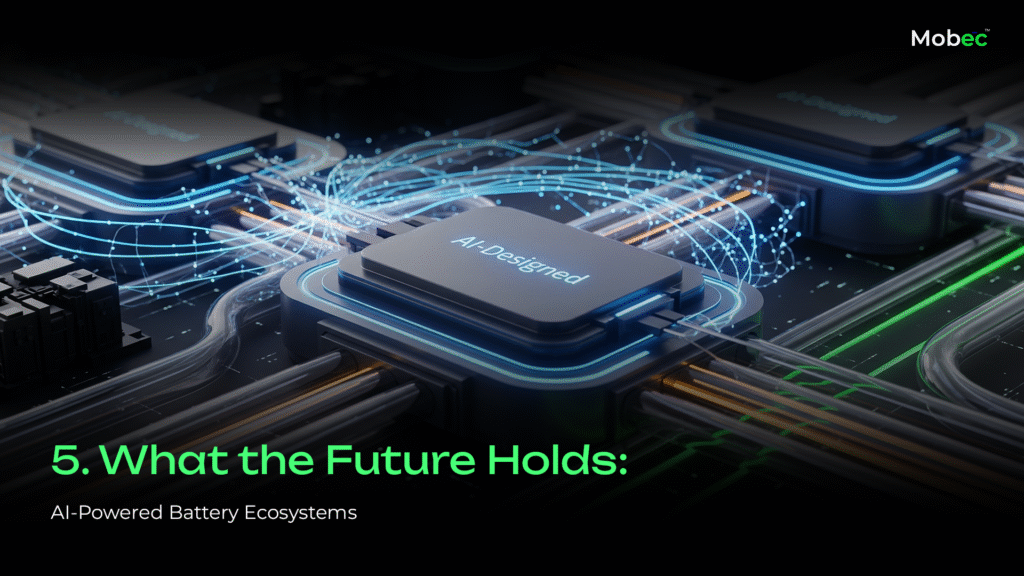
We’re just scratching the surface of what AI can do for energy. Looking ahead, AI and Gen AI will continue to transform the battery landscape with innovations such as:
- Fast-charging that adapts to your driving pattern
- AI-designed solid-state batteries
This intelligent infrastructure is essential for making clean energy truly scalable—and Mobec is one of the companies leading this charge by combining smart batteries with smarter mobility and home energy solutions.
Final Thoughts
The impact of AI and Gen AI on the lithium-ion battery market is nothing short of revolutionary. From slashing R&D time and optimizing manufacturing to enabling second-life batteries and smarter usage, AI is the silent engine powering a more sustainable future.
As the world demands more energy from greener sources, embracing AI is no longer optional—it’s essential. And with Mobec integrating AI into their battery storage and EV infrastructure solutions, we’re on the fast track to a cleaner, smarter tomorrow.




